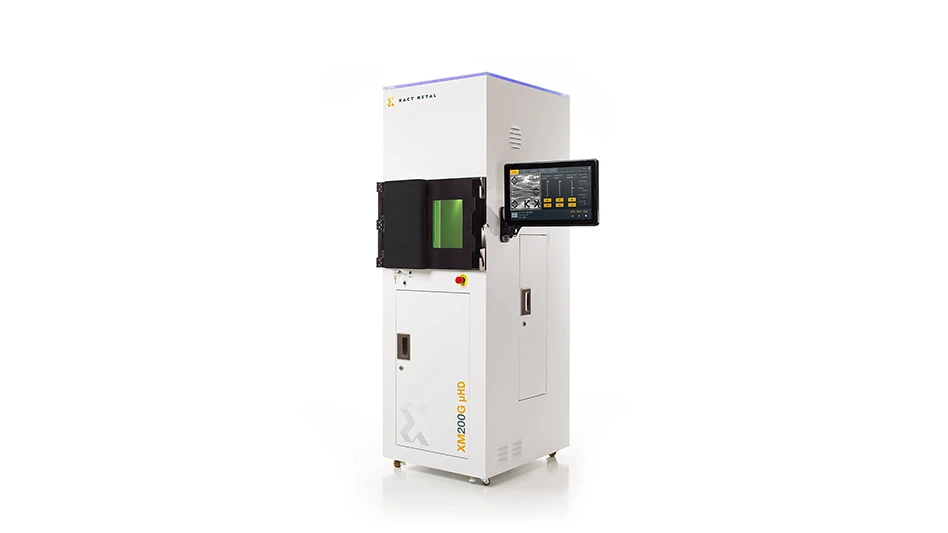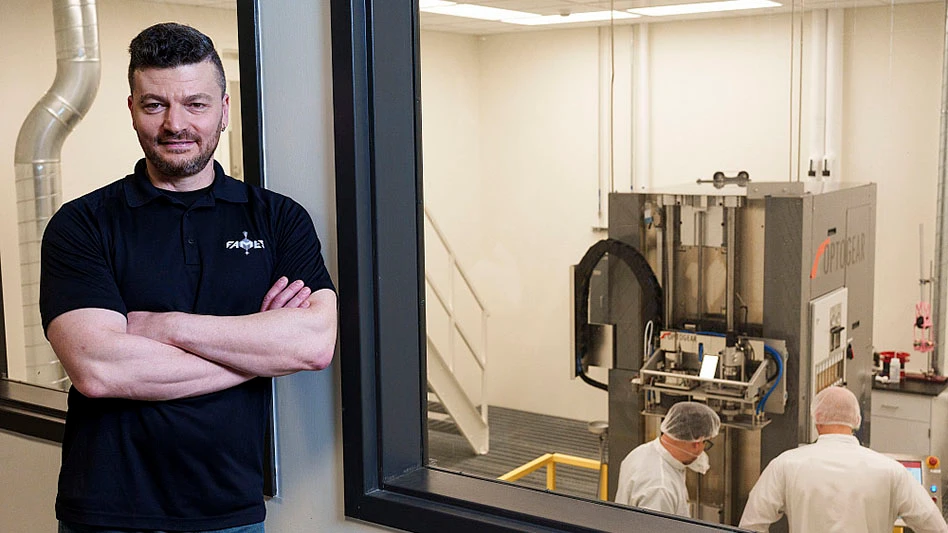 Electronic Valves
Electronic Valves
Available in 2- or 3-way, normally closed or fully ported, design of the Clippard analytical series electronic valves are for applications where cleanliness is especially important. The A-E series pneumatic valves utilize a patented, used, and proven valve system. With a low power consumption of only 0.67W, a response time of five milliseconds to 10 milliseconds, and voltages of 6VDC, 12VDC, or 24VDC, these valves offer unlimited flexibility in design.
Special materials, manufacturing, and assembly processes make this valve perfectly suited for applications where internal cleanliness, bubble-tight operation, and long life are imperative.
Clippard Instrument Laboratory Inc.
Cincinnati, OH
www.clippard.com/analytical
 Miniature Lead Screw Assemblies
Miniature Lead Screw Assemblies
Expanded capabilities come with the Micro Series lead screw assemblies, which are 2mm (5/64") diameter screws, available with standard leads ranging from 0.3mm (0.012") to 2mm (0.079") per revolution. Use of the Micro Series, an enabling technology, opens up a broader range of designs to allow for the miniaturization of products, reduced power consumption, and weight reduction without sacrificing performance or reliability. The Micro Series, enables users to take advantage of standard designs, existing tooling, and quick delivery to bring their products to market swiftly and cost effectively.
Learn more about Haydon Kerk Motion Solutions at http://bit.ly/12a8NSF.
Haydon Kerk Motion Solutions Inc.
Hollis, NH
www.haydonkerk.com
 On Budget, On Time with Motion System
On Budget, On Time with Motion System
Designed for versatility, flexibility, and affordability, the SIMO series linear motion platform allows engineers to test multiple configurations, adapt to changing requirements, and specify a linear motion system on budget and on time.
Three bearing tribologies are also available: self-lubricating FrelonGold for contaminated environments, V-wheel roller bearing for high-speed applications, and profile rail linear guideways for rigidity and precision.
The three drive types available are the lead screw with machined nut or anti-backlash nut, ball screw, or two versions of belt drives.
Learn more about the PBC Linear SIMO series at http://bit.ly/11g2a0U.
PBC Linear, a Pacific Bearing Co.
Roscoe, IL
www.pbclinear.com

Explore the March 2013 Issue
Check out more from this issue and find your next story to read.
Latest from Today's Medical Developments
- GrindingHub Americas launches in 2027 in Cincinnati, Ohio
- Methods Machine Tools now offers the Nakamura-Tome NT-Flex
- Battelle awards $900,000 in STEM education grants to Ohio schools
- #55 Lunch + Learn Podcast with KINEXON
- Starrett and Gerstner offer limited edition, American made 1950s replica wooden machinist tool chests
- EMCO’s UNIVERSALTURN 50: The new benchmark in universal turning
- Archetype's Expertise for Equity accelerates early-stage innovation
- Stratasys expands its AM solutions with Tritone's cutting-edge technology





